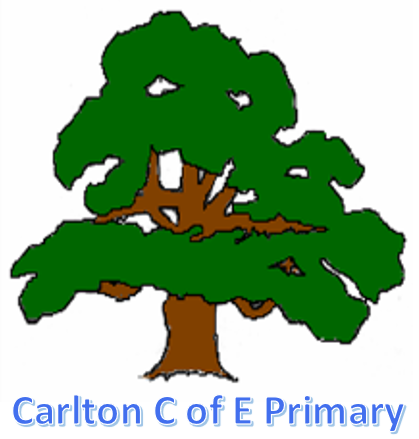Art
Art Co-Ordinator: Mrs Caroline Williams
Curriculum Intent:
At Carlton C of E Primary School we believe Art and Design is a vital part of children’s education and has a significant and valuable role in developing the whole child. The art curriculum provides children with the opportunities to develop and extend skills and to express their individual interests, thought and ideas. It will develop children’s critical abilities and understanding of their own and others’ cultural heritages through studying a diverse range of male and female artists from Britain and the wider world. Children will develop their understanding and use of the visual language of art with effective teaching and considered sequences of lessons and experiences. Understanding of the visual elements of art and design (line, tone, texture, colour, pattern, shape, 3D form) will be developed by providing a curriculum which is engaging, inspiring, accessible to all and enables children to reach their full potential.
Implementation:
Art is delivered in Carlton school by teaching specific skills and through purposeful cross curricular links as part of the termly topic. The skills and knowledge that children will develop throughout each topic are mapped across each year group and throughout the school to ensure progression. Through a focus on skills children are given opportunities to express their creative imagination, as well as practise and develop mastery in the key processes of art: drawing, painting, printing, mixed media, textiles and sculpture and form.
Children will be introduced to a range of works by famous artists and develop knowledge of the styles and vocabulary used to describe these. The skills they acquire are applied to their cross-curricular topics, allowing children to use their art skills to reflect on and explore topics in greater depth; for example, by sketching historical artefacts in detail, researching geographical locations to support their work on landscape painting or using art as a medium to express emotion and thought to enhance their personal, social and emotional development. Many areas of art link with mathematical ideas of shape and space; for example when printing repeating patterns and designs and thinking about 3D shapes to support structures. It is paramount that art work be purposeful; be this as a means of expression or to explore the styles of other artists that inspire our own work. The children's learning is further enhanced with the whole school taking part in the National Gallery’s ‘Take One Picture’ project, where we undertake a range of key processes and cross curricular activities inspired by one picture from the National Gallery’s collection.
Pupils have clear understanding of the intended outcomes and can measure their own work against this. In Art, children are expected to be reflective and evaluate their work, thinking about how they can make changes and keep improving. This should be meaningful and continuous throughout the process. Children are encouraged to take risks and experiment and then reflect on why some ideas and techniques are successful or not for a particular project.
Impact:
Children will be become creative learners, who have a web of knowledge about the great artists of the world and enjoy self expression. Creativity and uniqueness will be celebrated and children will become astute at editing and improving the pieces they have created. The children’s art will often be cross-curricular, and help them to express feelings and emotions through art, as well as show their knowledge and understanding of other curriculum areas. As teachers, there will be an emphasis placed on individuality and children will be given the freedom to explore art using their imaginations. Children will have embedded the key art and design skills needed to allow them to produce inventive and expressive pieces of art.
